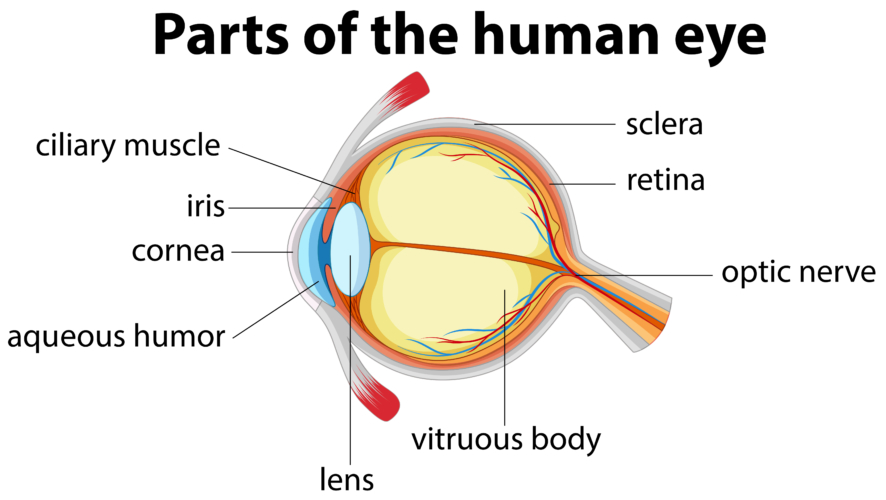The aqueous humor is the thin, clear, watery fluid that fills both the anterior and posterior chambers of the eye. It is similar to plasma but contains lower protein concentrations. And is made up of 99.9% water – the other 0.1% consists of sugars, vitamins, proteins and other nutrients
What is the function of Aqueous Humor?
The aqueous humor give the eye its shape and nourishes the cornea and lens by supplying nutrition such as amino acids and glucose. It is also critical for ensuring that the optical physics and health of your eye are maintained. In addition the aqueous humor:
- Transports vitamin C in the front segment to act as an antioxidant agent
- Provides inflation for expansion of the cornea (increasing protection against dust, grains, wind, pollen and a number of pathogens)
- Maintains intraocular pressure
The aqueous humor is continuously produced by the ciliary body (located in the anterior chamber near the lens of the eye). The production must be balanced by drainage at an equal rate in order for it to function properly.
Small variations in the production or outflow of the aqueous humor will have a large influence on your intraocular pressure. And may affect the quality of image your eye produces. If intraocular pressure is increased, it can lead to glaucoma, one of the leading causes of vision loss.







